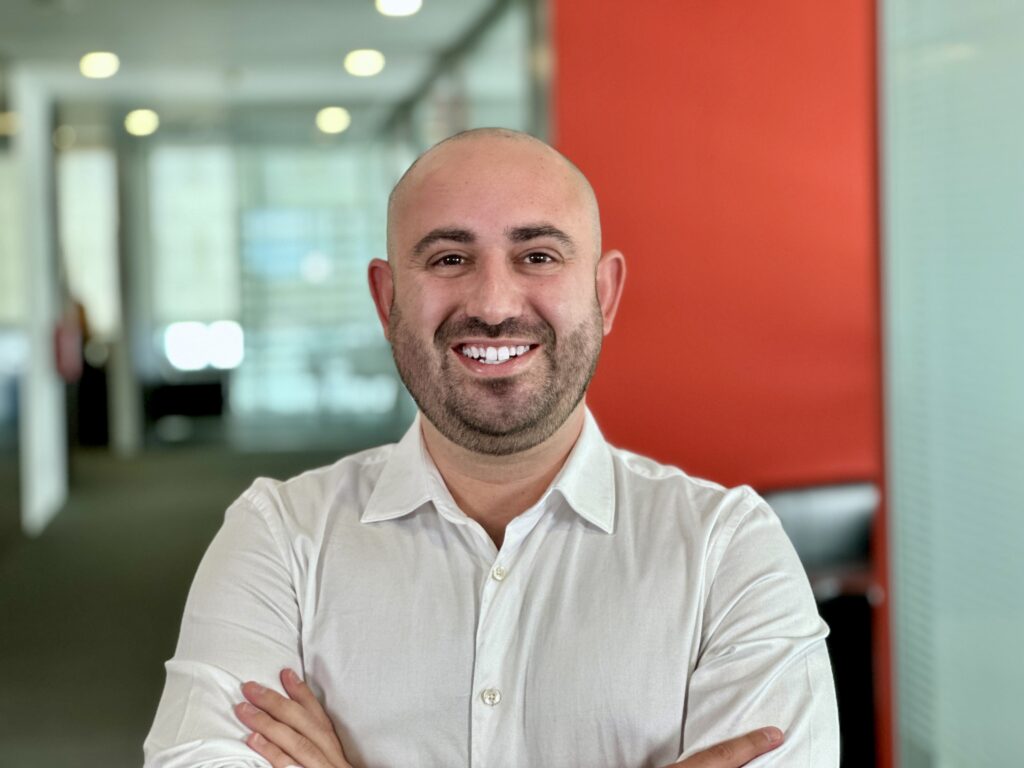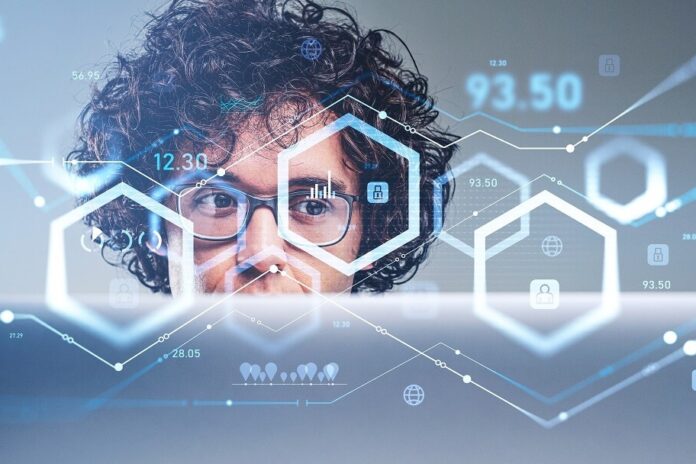Partner content: Celfocus has defined enterprise applications and private ledgers as the cornerstone of its blockchain offer to meet the demands of enterprise clients
Although blockchain as a technology can tackle diverse challenges across multiple contexts, Celfocus’s vision is primarily focused on enterprise B2B2X instead of community approaches with the ultimate goal of helping its clients move from web2 to web3, unlocking the full potential of blockchain. Unlike community-led blockchain projects, which are typically permissionless, business secrets are still key to achieving the desired level of confidentiality required by most enterprise clients when doing business in a sound ecosystem.
The trust protocol
If we think about it as the primordial stage of the internet, web1 was a great way to start consuming information and communicating from a global perspective. Web2 shortly followed, where we could read information, write, contribute, and generate data in a distributed manner.
Web3 is a huge leap from that, built on top of the protocols inherited from web2 and enabling both the decentralisation and ownership of information, as well as accountability and trust as a fundamental technological feature across all network layers – that is the power of blockchain.
It’s on web3 that blockchain technology is best equipped to enable new use cases and businesses we have never imagined before. Blockchain promises a huge revolution, not only business-wise but also in how businesses are run and governed. All this revolving a fundamental value for performing any type of interaction across a distributed ecosystem: the concept of trust.
Unlocking new opportunities
Celfocus is focused on creating offers to address the needs of its customers around blockchain technology and web3, centred on both the Telecom and Financial Services sectors in Europe and the Middle East.
The company’s goal has always been to create disruptive, decentralised, and modern solutions to help clients either reinvent themselves by optimising business processes or create new disruptive business cases to “shake” their respective markets, such as the following examples:
- Financial Services – blockchain solutions for Financial Services have been popularised by all the DeFi trends, which have been thoroughly adopted by the community. In this context, it is easy to imagine all the products and services banks could offer their clients soon, even considering all the technological challenges around these assets, like access, ownership, and custody. Another interesting trend is the advent of Central Bank Digital Currencies (CBDCs) and the ongoing adoption of these digital currencies by central banks and banks alike, in the form of wholesale and retail CBDCs.
- Insurance – when we talk about Insurance, a change of mindset is probably needed to move from web2 to web3. Final customers are today more aware of their data potential, and how it could be used. They are also more willing to share it if they consider it a fair trade. Insurance tokenization and parametric insurance are now possible, and we have the right tools on the market to accomplish them.
Empowering telcos through blockchain
In the rapidly evolving landscape of Telecommunications, the integration of blockchain technology holds immense potential for telcos to transform their operations and embrace the TechCo future.
For instance, telcos face significant challenges in managing cross-border roaming agreements and settlements. Blockchain can streamline this process by providing a transparent and decentralised ledger for recording and verifying roaming data. Smart contracts could automate settlements, reducing costs, enhancing operational efficiency, and bringing transparency to the ecosystem, removing intermediaries and unnecessary settlement times.
Another interesting use case tries to bring security and fraud prevention into the telco ecosystem, which remains a critical concern in the industry. Blockchain’s decentralised nature makes it inherently resistant to tampering and unauthorised access. Telcos can leverage blockchain for secure identity management, ensuring the integrity of customer data and reducing the risk of fraudulent activities.
This could be a good opportunity for telcos to leverage the concept of Decentralised Identifiers – DIDs, proposed by W3C, making the data access and authorisation streamlined, decentralised and open to the industry stakeholders, creating what could be a proximity to an open ecosystem of data and network access.
The Internet of Things (IoT) is also a key focus for telcos, and blockchain can enhance the security and efficiency of IoT networks. Digital twins, virtual representations of physical devices or systems, can be securely managed and updated using blockchain, ensuring synchronisation between the physical and digital realms.
Here, DIDs play another important role, creating the independence needed for those devices to act as themselves, in a complex ecosystem of players and services, automating not only identification but also service usage, interactions, data trading, and payments. Hopefully, the settlement will not be needed since everyone benefits from the same source of truth – the ledger.
There are also interesting use cases around 5G, network, computing and communications management, applications and services, and assets management, but as we saw previously, the common denominator is collaborations, open ecosystems, and communication with other parties. That’s where blockchain plays a major role, baselining communication in a trustful environment – being the trust protocol.
Multi-sector driven collaborations
From a supply chain perspective, blockchain can ensure transparency and traceability in automotive parts distribution, not only in the primary activity of building a vehicle but also in supplying the aftermarket. Telcos can contribute by establishing decentralised ledgers that track the production, shipment, and maintenance records of automotive components – ensuring that each step is recorded by the right party, at the right time. This not only reduces fraud but also enhances the efficiency of supply chain management.
In the Food and Retail sector, it is possible to track not only deliveries for B2B or B2C but also how food was grown, transported, and stored to the end customer. In Finance, it enables the use case of syndicated loans, creating more liquidity for enterprises. In Healthcare, blockchain can be used to track medical records and consolidate a patient’s history, archiving a Decentralised Electronic Health Records (EHR) paradigm.
It can even be used in the pharmaceutical area, to supervise the chain from the manufacturing of active ingredients to the distribution of medicines to patients, guaranteeing the quality and authenticity of products on the market.
Telcos can collaborate through blockchain consortiums to address industry-wide challenges. Shared ledgers can facilitate trust and transparency among multiple stakeholders, leading to the creation of common standards and streamlined processes for the benefit of the entire telecommunications ecosystem.
Celfocus has been closely following cross-industry trends that play foundational roles in the overall blockchain solutions landscape and that create synergies across different use cases, such as: decentralised digital identities, loyalty programs, NFTs and data marketplaces for asset monetisation on top of ledgers, smart contracts for IoT payments, wallets custody, and management systems.
Bearing a practical approach in mind, the Celfocus’ blockchain team has been developing several solutions to address each of these topics, with a special focus on solving problems in the Telecommunications, Finance and Retail sectors.
Know more at celfocus.com
About the author
Marco Carvalho is the Blockchain Lead at Celfocus, aiming to bring blockchain technology and its potential to the enterprise world and help customers move from web2 into web3 mass adoption.
Marco has always had a huge connection with innovation and R&D, which led him to found the Blockchain area at Celfocus, in 2018. His responsibilities range from hiring and scaling teams, R&D, managing technical teams, pre-sales activities, developing offers around blockchain and architecture, and scoping blockchain ideas into real-impact businesses.



